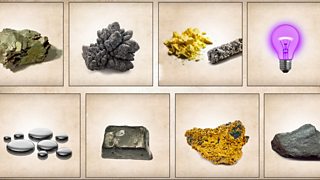Helium
Chemist Andrea Sella celebrates how the element helium enhances our lives.
Who doesn’t smile at the sight of a floating Father Christmas or a hovering happy birthday? Helium filled balloons are festive, but as the gas reserves run low – should we reconsider the balloons?
Helium is a finite resource here on Earth and many branches of science need it. Doctors need it to run MRI machines to diagnose tumours, engineers test rockets for leaks with it and deep sea divers use it to avoid the bends.
The story of helium starts with a solar eclipse in 1868. The event had many astronomers' eyes fixed on the sun. Two astronomers, nearly simultaneous and independently, made the same observation; a strange light with an unusual wavelength coming from the sun. It turned out to be the first sighting of extra-terrestrial helium. It would take decades for helium to be discovered on Earth and longer still for its worth to be recognised.
As its ability to make things float and inability to burn became apparent, the US military started hoarding it for their floating blimps. But they soon realised that it is very hard to store an element that is so light that it can escape the Earth's gravitational pull. As we empty our last reserves of the periodic table's most notorious escape artist – is the future of floating balloons up in the air?


